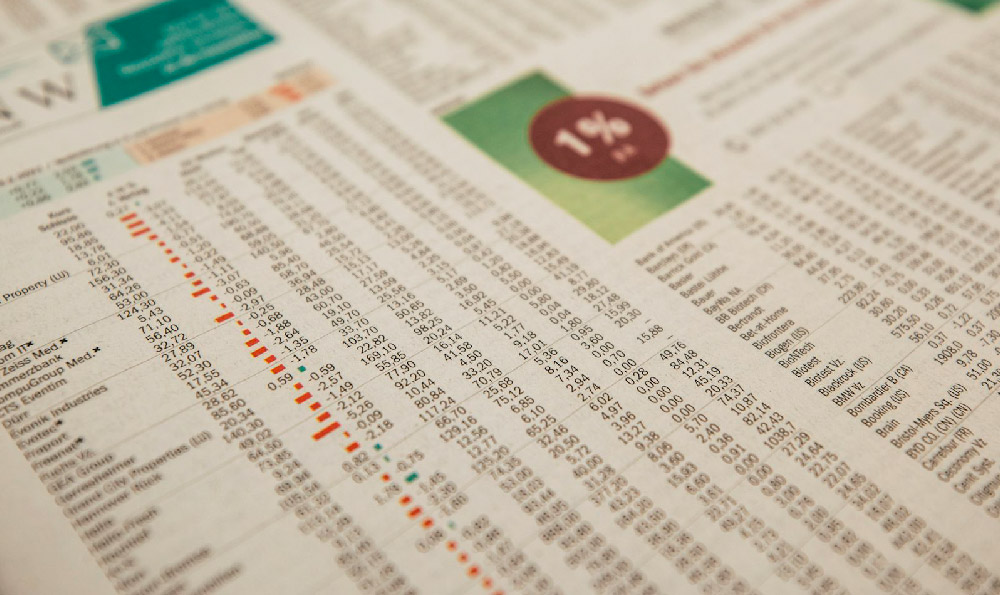
Fashion design, a captivating blend of art, commerce, and cultural expression, holds a strong allure for creative individuals with a passion for clothing, trends, and self-expression. For those considering a career in this dynamic field, a crucial question arises: how much can a fashion designer realistically expect to earn? Understanding the salary landscape is paramount for making informed career decisions, planning educational investments, and navigating the path to financial stability within the fashion industry.
Pinpointing a single, definitive “average” fashion designer salary proves challenging due to the industry’s inherent complexities and the myriad factors that influence earning potential. These factors include experience level, education, geographical location, specialization, employer type, and overall talent. However, we can paint a comprehensive picture by examining various data points and considering the nuances of each influencing factor.
Entry-level positions, such as assistant designer or junior designer roles, typically offer more modest salaries. Individuals in these roles are often fresh graduates or have limited professional experience. Their responsibilities may involve assisting senior designers with tasks such as sketching, fabric sourcing, pattern making, and sample creation. Salaries in this stage may range from $40,000 to $60,000 annually, though this range can fluctuate based on location and the size/reputation of the company. Larger, established fashion houses in major metropolitan areas may offer higher starting salaries compared to smaller, independent labels or those located in less competitive markets.

As designers accumulate experience and demonstrate their abilities, their earning potential increases significantly. Mid-level designers, often holding titles like designer or senior designer, are expected to take on more responsibility, lead projects, and contribute creatively to the overall design direction of a brand or line. Their salaries can range from $60,000 to $90,000 per year. At this stage, factors such as specialization (e.g., specializing in bridal wear, menswear, or sportswear) and demonstrated expertise in specific areas like technical design or draping can further influence salary negotiations.
The top echelon of fashion design professionals commands the highest salaries. These individuals may hold titles such as head designer, creative director, or design director. They are responsible for setting the overall design vision, leading design teams, and making critical decisions about the aesthetic direction of a brand. Earning potential at this level can easily exceed $100,000 per year, and in some cases, reach into the multi-million dollar range for highly sought-after and influential designers working for luxury brands or establishing their own successful labels. The name recognition and market value a designer brings can directly impact their compensation package.
Beyond experience, education plays a significant role in determining salary. While talent and creativity are essential, a formal education in fashion design provides designers with a solid foundation in design principles, technical skills, and industry knowledge. Graduates from prestigious fashion schools like Parsons School of Design, Central Saint Martins, or the Fashion Institute of Technology (FIT) often have a competitive edge in the job market and may command higher salaries due to the reputation and rigorous curriculum associated with these institutions. A strong portfolio showcasing a designer's creative abilities and technical skills is also crucial for attracting potential employers and securing higher-paying positions.
Geographical location is another critical factor. Fashion hubs like New York City, Los Angeles, Paris, Milan, and London generally offer higher salaries for fashion designers due to the concentration of fashion companies, design houses, and retail opportunities. However, the cost of living in these cities is also significantly higher, so designers must carefully consider whether the higher salary adequately compensates for the increased expenses.
The type of employer also influences salary levels. Designers working for large, established fashion houses or luxury brands typically earn more than those working for smaller, independent labels or start-up companies. Larger companies often have more resources to invest in employee compensation and benefits. Designers working in the retail sector may also earn competitive salaries, particularly those working for major department stores or fast-fashion retailers.
Specialization within fashion design can also impact earning potential. Certain specialties, such as bridal wear design or technical design, may command higher salaries due to the specialized skills and knowledge required. Designers with expertise in niche areas, such as sustainable fashion or adaptive clothing design, may also find themselves in high demand as the industry increasingly embraces these areas.
Beyond traditional salary structures, many fashion designers also explore entrepreneurial opportunities to increase their income. Freelance design work, personal styling services, creating and selling independent clothing lines, or even teaching fashion design classes can provide supplemental income and allow designers to diversify their revenue streams. Successful entrepreneurs in the fashion industry can achieve significant financial success, but it requires a strong business acumen, marketing skills, and a willingness to take risks.
In conclusion, the average fashion designer salary is not a fixed number, but rather a dynamic range influenced by a combination of factors. Entry-level designers can expect to earn in the lower range, while experienced designers with specialized skills and strong portfolios can command much higher salaries. Education, geographical location, employer type, and entrepreneurial ventures further contribute to the overall financial picture. Aspiring fashion designers should research the specific salary ranges for their desired roles and locations, develop a strong portfolio, and continuously seek opportunities to enhance their skills and knowledge in order to maximize their earning potential within this competitive and exciting industry. Building a strong professional network and staying abreast of industry trends are also crucial for long-term career success and financial stability in the ever-evolving world of fashion.





